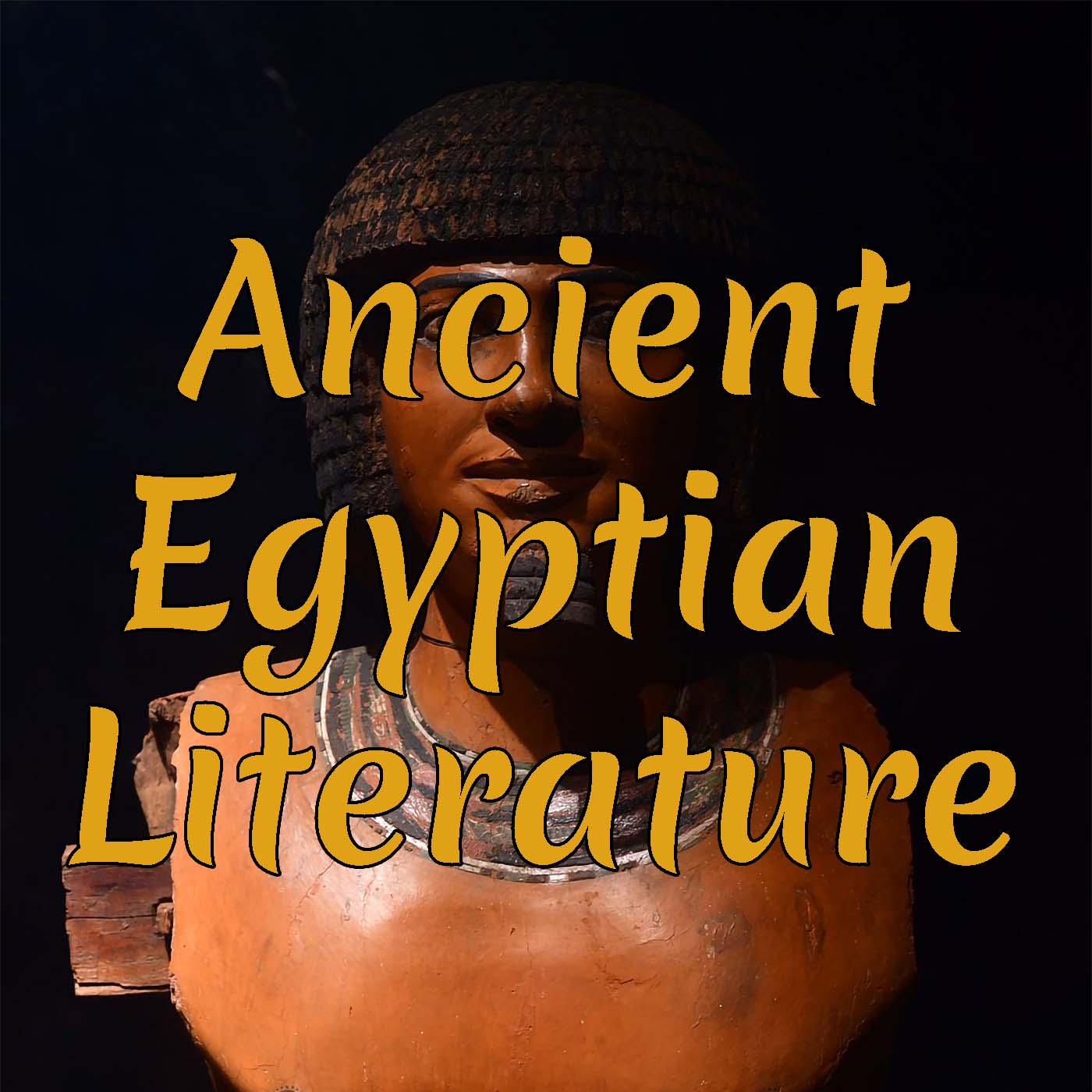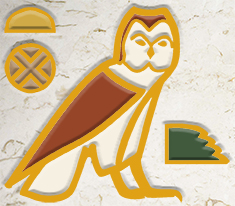
Ancient Egyptian Literature – Instruction of Ptah Hotep
The Instruction of Ptahhotep, also known as The Maxims of Ptahhotep, is an ancient Egyptian wisdom text attributed to Vizier Ptahhotep, who served under King Djedkare Isesi of the Fifth Dynasty (circa 2375–2350 BCE). It is one of the earliest examples of didactic literature, offering guidance on ethical behavior, leadership, and social harmony.
Key Themes
- Wisdom and Experience: Ptahhotep, an elderly statesman, wrote the text to pass down knowledge to his son, emphasizing that wisdom comes with age.
- Leadership and Responsibility: The text advises rulers and officials to be patient, just, and attentive to their people.
- Moral Conduct: It promotes virtues such as truthfulness, humility, kindness, and self-control.
- Social Harmony: The teachings promote respect for others, appropriate speech, and maintaining social order.
Significance
The Instruction of Ptahhotep was widely studied by scribes and officials, shaping Egyptian thought on governance and personal conduct. It reflects the principles of Ma’at, the concept of cosmic balance and justice that was central to Egyptian culture. The only complete version of the text, known as Papyrus Prisse, is housed in the Bibliothèque Nationale in Paris.


